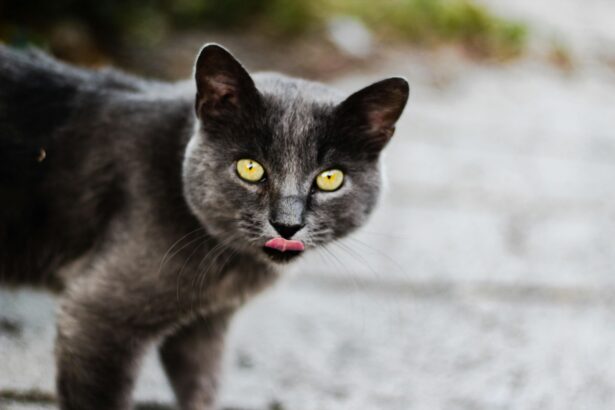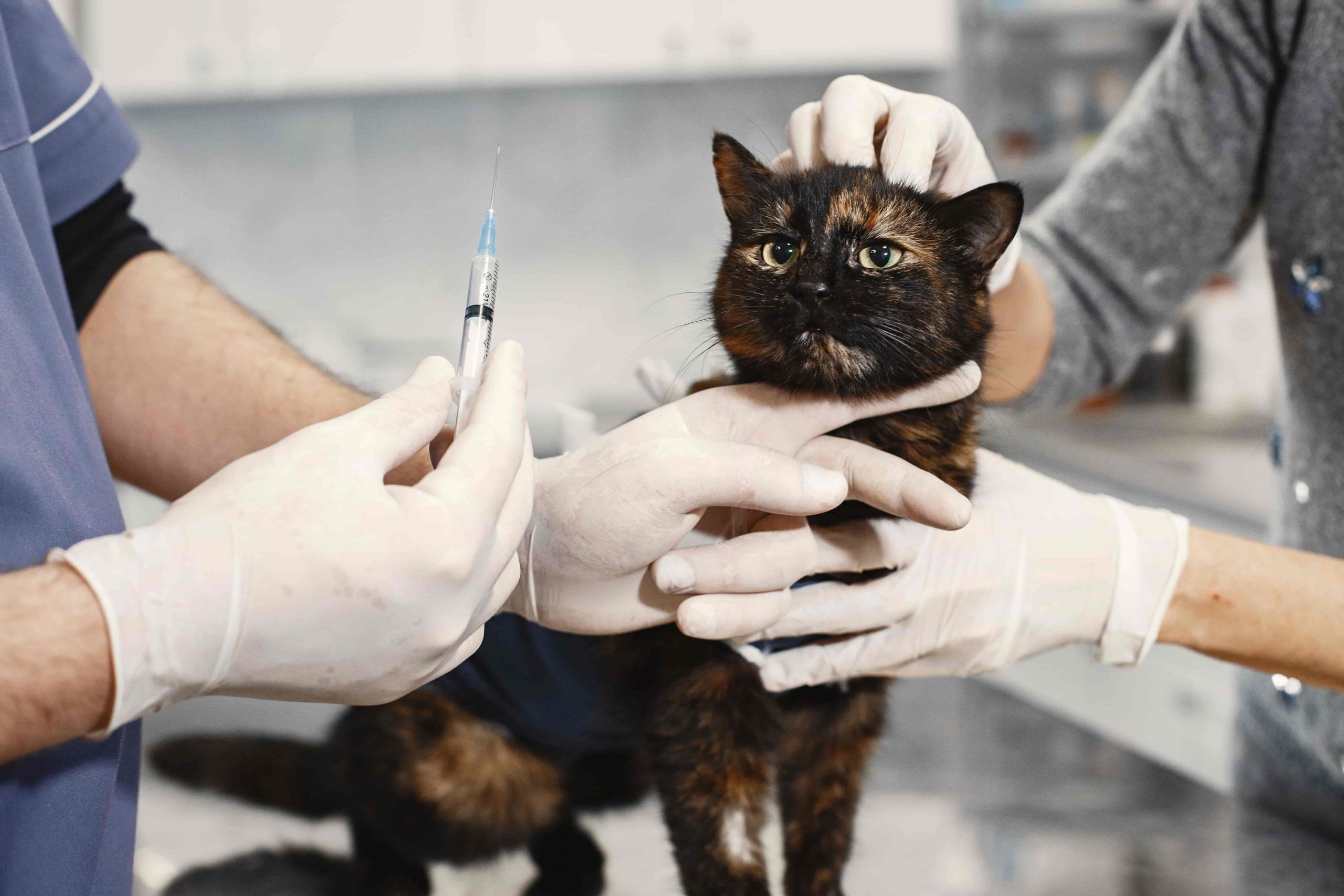Introduction
Ever wonder why cats sleep so much? Those epic naps aren’t laziness—they’re nature’s smartest life hack. Here are five surprising reasons your feline snoozer spends half the day dreaming of birds and belly rubs, plus gentle tips to support better, calmer rest.
On average, adult cats sleep 12–16 hours a day, often in many short naps. It’s normal, healthy and deeply tied to how cats survive, learn and feel safe.
Cat sleep: a built-in survival superpower
A unique biological rhythm
Cats are polyphasic sleepers, meaning they snooze in many little bursts. They’re also crepuscular, naturally most active at dawn and dusk—exactly when small prey would be out and about.
Fast recovery for body and mind
Those mini-naps restore muscles after zoomies and laser-pointer acrobatics. Sleep also helps with memory and learning, so yesterday’s toy puzzle gets easier tomorrow.
Fun fact: Cats do dream. During REM sleep, you may see whiskers twitch, paws paddling or ears flicking—that’s normal and adorable.
Curious about age-by-age sleep needs? Here’s a handy look at how long cats actually sleep and what’s typical.
Reason 1: Conserving energy like a hunter
Light sleep keeps them alert
Cats drift between light sleep and brief deep phases so they can wake at a rustle. Ears swivel, whiskers listen—nap, but never clueless.
Saving calories for “hunting”
Even indoor cats keep the hunt instinct. Rested cats play harder, pounce cleaner and recover quicker—yes, even if the “prey” is a feather wand.
Sleep-wake cycles synced to sunrise
If your cat turns into a 5 a.m. personal trainer, that’s the wild schedule talking. Try a “hunt–eat–sleep” routine at night: 10–15 minutes of play, a small meal, then lights down.
Reason 2: Temperature control the cozy way
Sleep as a tiny thermostat
See your cat loaf or curl into a donut? That’s smart heat management, reducing exposed surface to retain warmth. Colder months often mean longer naps—completely normal.
Sun patches and warm spots
Sunbathing isn’t just bliss—it helps maintain comfy body temperature and signals safety. Radiator hammocks and sunny perches are instant hits.
Set up perfect nap stations
- Offer variety: a soft cushion, a hideaway cave and an elevated perch.
- Place options in quiet areas, near a window and in a warmer nook.
- Rotate blankets weekly to refresh scents and keep spots “new.”
Thinking about vertical comfort too? Explore ideas for perches and stability in this guide to choosing a great cat tree.
Reason 3: Growth, age and health shape their sleep
Kittens vs seniors
Kittens nap more to grow; seniors snooze longer to spare energy. As cats age, deep sleep often increases and play windows get shorter.
When “too much sleep” is a red flag
Watch for sudden changes: sleeping far more (or less), hiding, skipping meals, or seeming painful to jump. That’s your cue to call the vet.
Reason 4: Stress relief and emotional balance
Sleep lowers arousal
Safe sleep helps reset the nervous system. After a loud day or a busy household, a quiet, predictable nap routine can work wonders.
How to encourage soothing sleep
- Keep a calm corner: dimmer light, comfy bedding, low foot traffic.
- Play, then feed before bedtime to satisfy the “hunt–eat–sleep” cycle.
- Place a blanket with your scent in her nest for extra security (especially after changes like a move).
Common mistake to avoid: Don’t wake your cat abruptly. Startling can raise stress and even trigger redirected aggression. If you must wake her, speak softly and touch gently behind the shoulders.
If stress might be involved, check these practical signs and tips to help a stressed cat.
Reason 5: Weather, diet and enrichment matter
Rainy days and full bellies
Many cats nap more in gloomy weather—less sun, fewer window shows, more blanket time. Balanced, protein-rich meals support deeper, steadier sleep.
A practical, original tip to try
Create a “nap map”: three micro-nests at different heights and temperatures—a sunny window perch, a mid-height cave, and a cozy floor cushion. Rotate which one you refresh each week to keep her curiosity engaged.
Nighttime serenades? A pre-bed puzzle feeder, timed micro-meal or foraging game can reduce early wake-up meows. Here’s more on why cats meow at night and what helps.
Conclusion
So yes—your cat sleeps a lot because her body is brilliant. Energy saving, temperature control, growth, stress relief and lifestyle all play their part. Support her snoozes, and you’ll get a calmer, happier companion in return.
If your cuddle bug loves snoozing on you, you’ll enjoy this read on why cats sleep on us and what it means.
FAQ
Is it normal for my cat to sleep 18 hours a day?
For some cats, yes—especially kittens and seniors. If the increase is sudden or paired with other changes (hiding, appetite loss), call your vet.
Why does my cat change sleeping spots so often?
Temperature, light, safety and novelty. Rotating from warm to cool and high to hidden is a smart survival habit.
How can I sync my cat’s sleep with mine?
Evening play, then a small meal and lights down. Add a puzzle feeder at bedtime and keep nighttime interactions quiet and brief.
Do cats dream, and should I wake mine during twitching?
They do dream during REM, and twitches are normal. Let her sleep—waking mid-dream can be stressful.








